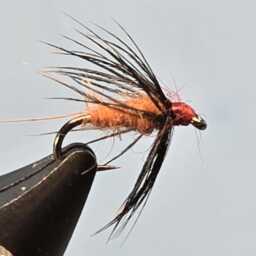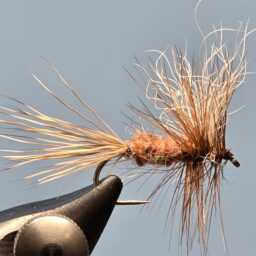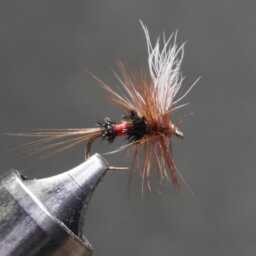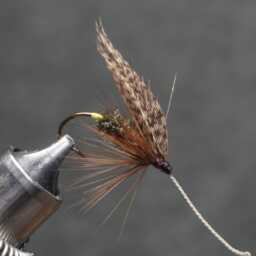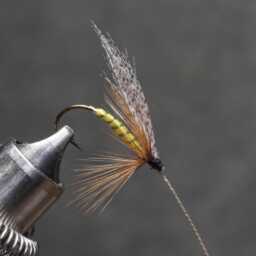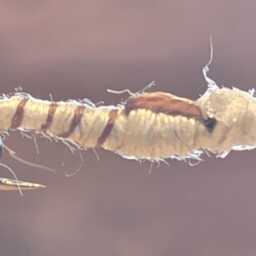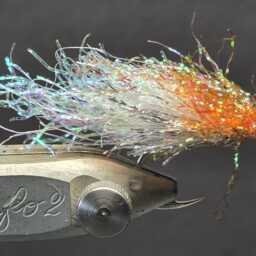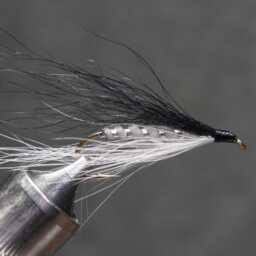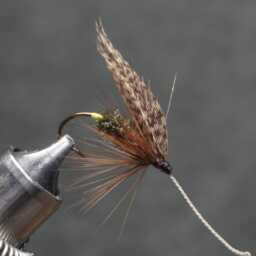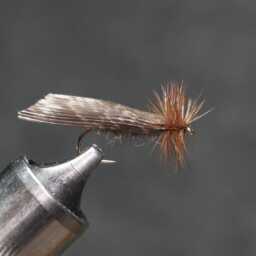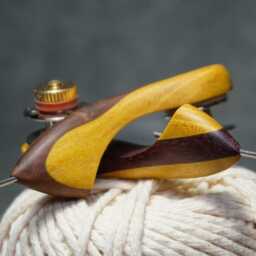The term “hackle” has several meanings, each with its own history. Originally, in the 15th century, “hackle” referred to either a bird’s neck plumage or a tool used for combing out long fibers of flax, hemp, or jute. The resemblance between a bird’s neck feathers—particularly those that stand erect when the bird is defensive—and the prongs of the comb-like tool likely led to this connection.
Today, “hackle” can refer to one of the long, narrow feathers on a bird’s neck or saddle, as well as the neck plumage of domestic fowl. It can also denote a comb or board with long metal teeth used for dressing fibers.
In the plural form, “hackles” describes the erectile hairs along a dog’s neck and back, which stand up when the dog is agitated. This sense of the word extended into the 19th century to describe a similar reaction in humans. To “raise someone’s hackles” figuratively means to make them angry or put them on the defensive.
Additionally, in fishing terminology, a “hackle” refers to an artificial fly made primarily from the filaments of a cock’s neck feathers or the filaments themselves projecting from the head of an artificial fly.
« Back to Glossary Index
